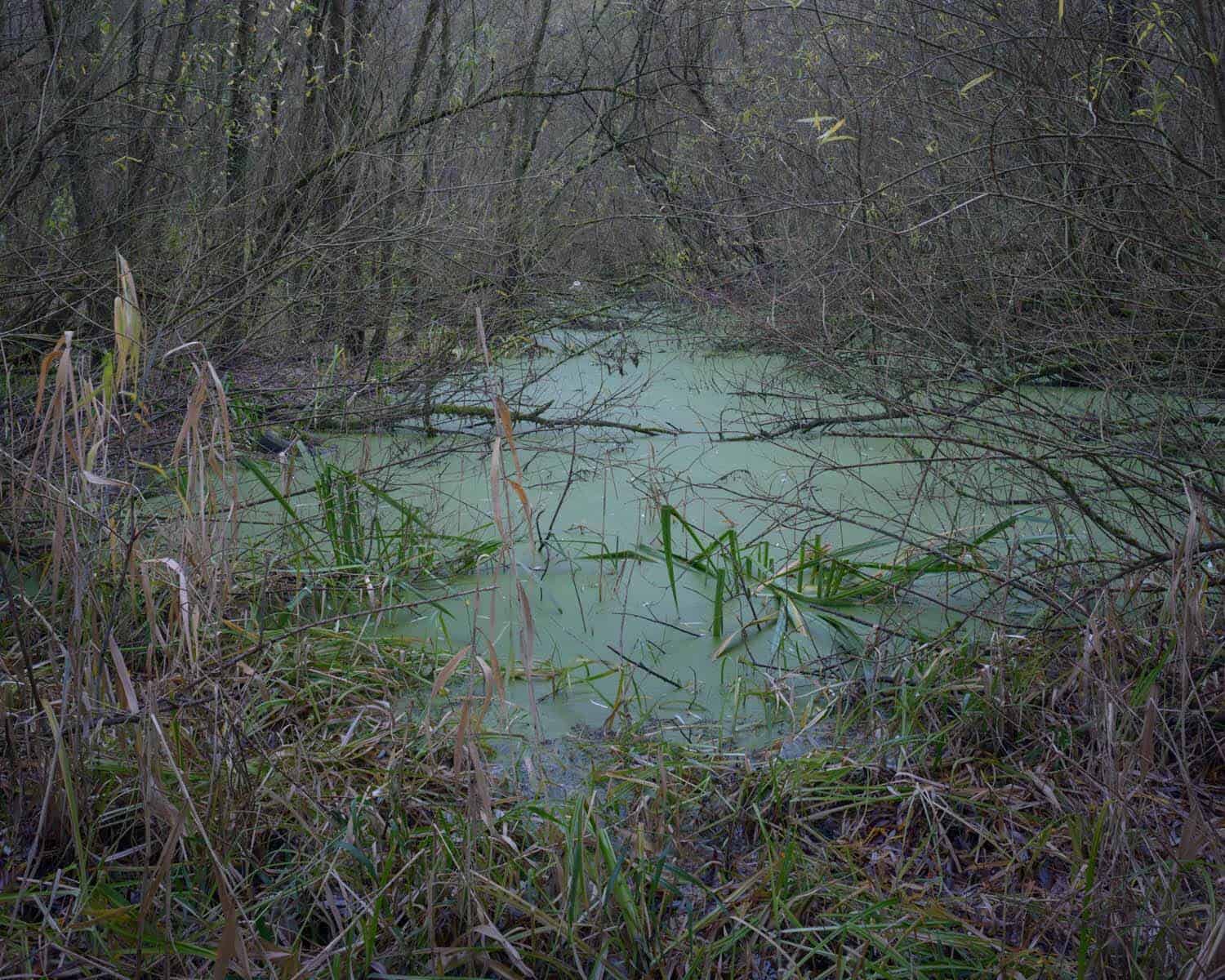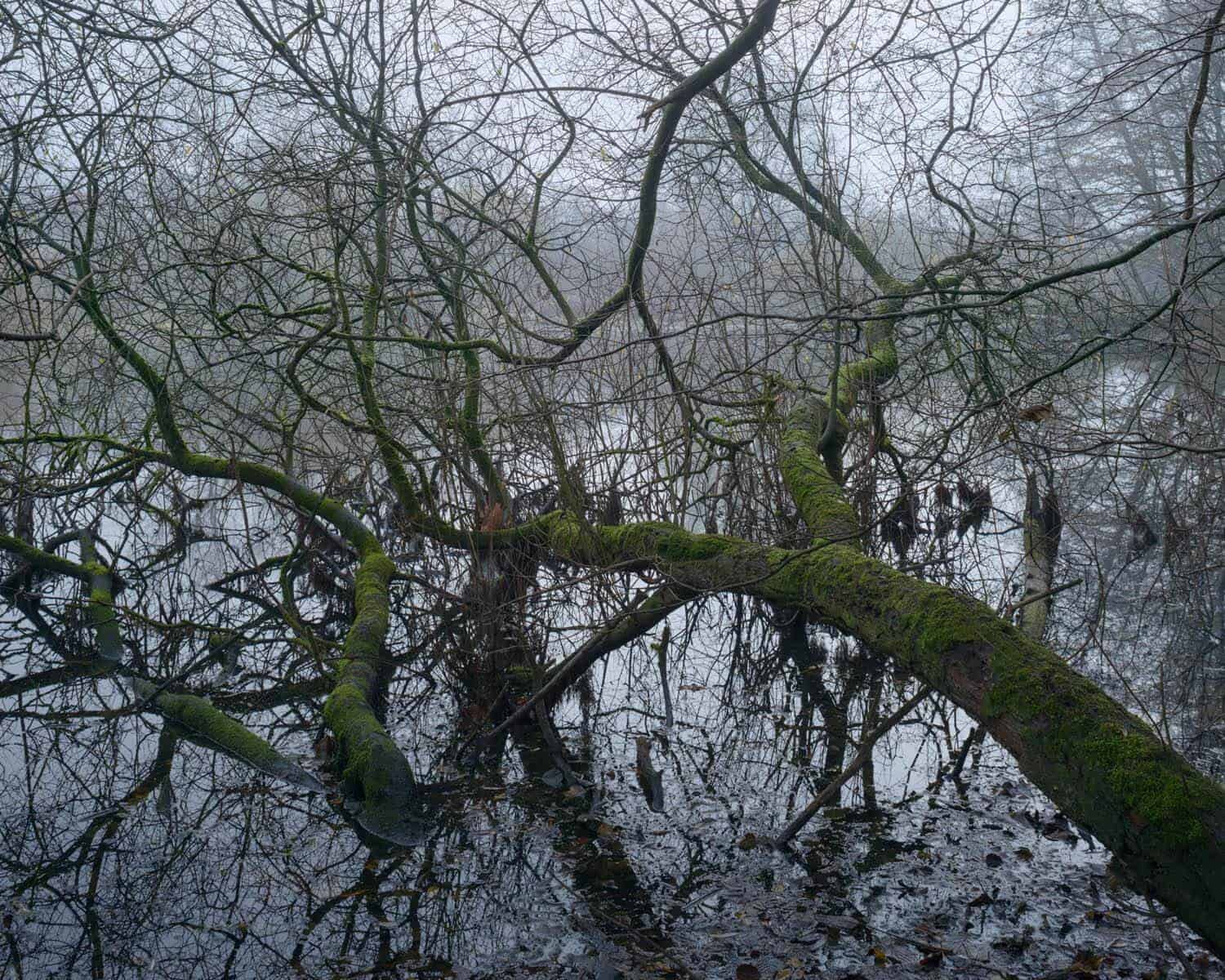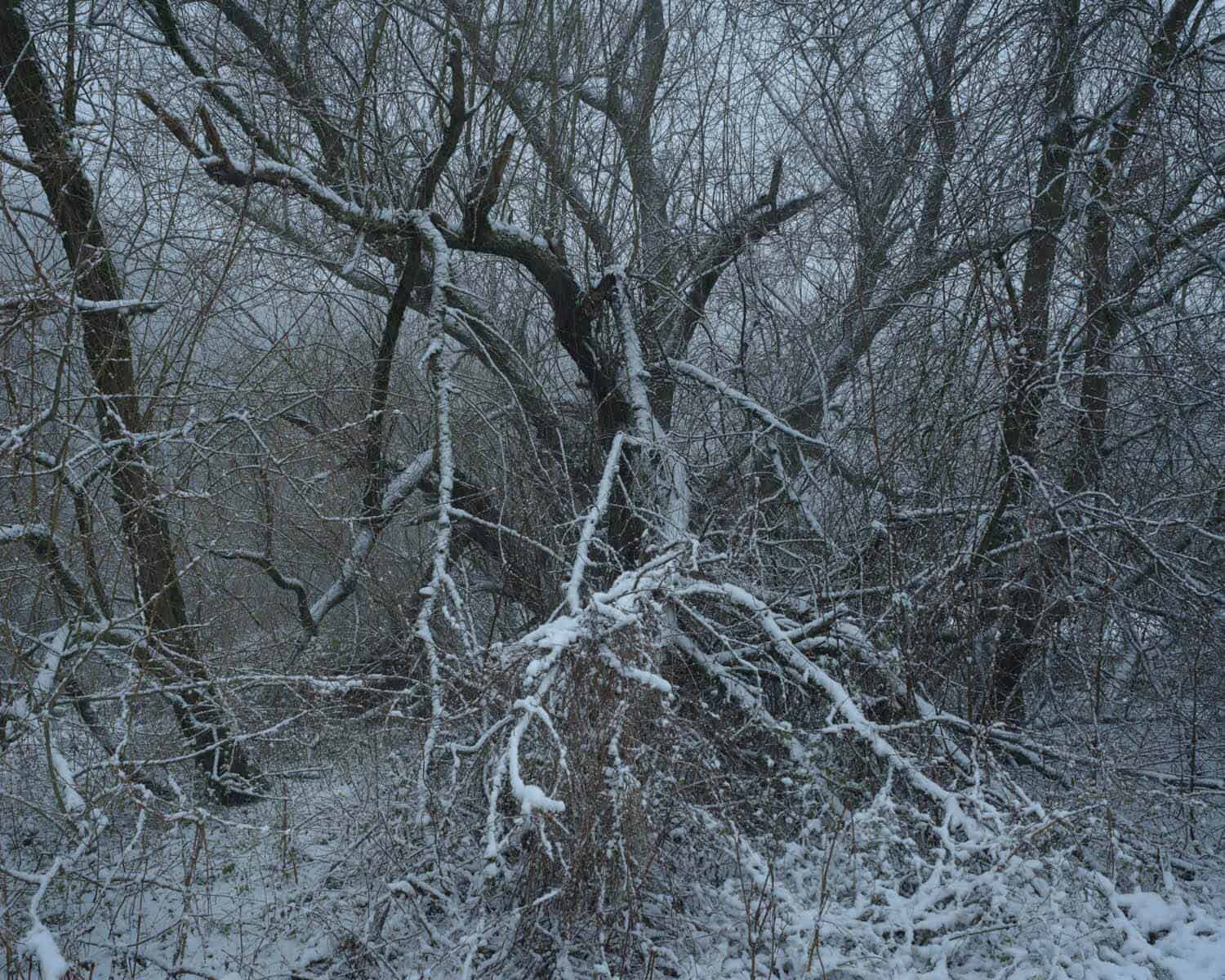10 photography project ideas for lockdown
Despite the challenges of Covid 19, you can still progress artistically and keep creating, using these photography ideas for lockdown. You just need to begin with the decision of picking up a camera or phone and choosing a theme to photograph.
Photographs by Thomas Rink from his series ‘Stillgewasser‘
Alternatively you can instead work on developing the presentation of the images you’ve already taken through making a website or a book. Developing your photography online can be achieved, both with available photography courses as offered at Creative Camera amongst others, or by following your own self directed course study using a variety of online and offline sources.
A couple of things to remember: Set short-term targets and remain open to unexpected possibilities and ‘happy accidents’. It’s always good to have a firm idea of where you’re heading but to be flexible in its realisation.
These photography ideas for lockdown are suggestions for working in your home environment, creating abstract images from the seemingly insignificant and/or exploring your garden.
Ideas you can explore at home
1. Light in space
John Blakemore makes a wonderful case for exploring interior light falling across walls and objects. Make an active decision to utilise varying times of day to see how the changes in light, mostly imperceptible to our eyes, trigger different emotional connections. Introduce a range of materials to ‘flavour’ the scene, such as cotton material or a bowl of water for light to reflect off. Essentially it’s the wall spaces you will be using as a backdrop. You can also place plants between the daylight source and wall to create a dappled effect.
2. Light through objects
This is perhaps a trickier option as it requires ornate tableware or glassware to work with or more effectively buying special cubed glass. You’ll also require a macro setting for your lens to get reasonably close. In images made by Brian Law, one can view a world of light and abstraction all lit via a torch. He obtained the glass through an online supplier. You can contact Brian via CC to further discuss how he achieved his set.
3. Constructing objects
Paper making. As photography ideas for lockdown go, this really is as accessible as it gets, but nonetheless there’s plenty of scope to be creative. Using either cut and shaped paper, or crumpled paper that has been tea stained or scorched, you can begin to construct complex futuristic worlds or apocalyptic landscapes. You will need to think about your background and lighting. In these examples (scrolling down), you can see the image-makers have used an intense light to create contrast. If you have a flashgun, why not experiment by setting using that off camera at an angle to your paper worlds. The real challenge of course is to create something that is slightly different to what has gone before.
4. Macro photography using specialist lighting
This will require some investment, but Adaptalux offer macro lighting setups for your home or with flash out on location. If macro photography is a world you would like to enter there are plenty of learning material on their website blog.
5. Turn the camera on yourself
Not for the faint hearted for obvious reasons. Self portraiture is no longer an innocent voyage of discovery but a projection of the imagination with a great deal of surrealism thrown in. In the last 30 years, arguably the genre’s greatest exponent is Cindy Sherman, who carved out a remarkable niche. Other notable expressive photographers are Francesca Woodman and Robert Mapplethorpe. Instagram has thrown up many imitators who rely on a series of moody demeanours. Could you produce something different perhaps with a comedic touch? Also see exploring your garden.
6. Explore your garden
It may not readily appear as a subject to get enthused about, but your garden is the easiest landscape to get to! Depending on its layout, you will need to decide if you can go for wider shots where plants and foliage dominate or in more sparsely planted gardens, detailed approaches to flowers and plants.
If your garden is close to the house, consider, photographing through a piece of glass splashed with water. This will increase the feeling of rainy days and looking outside. Once on the computer experiment with contrast and levels and split toning colour until you get an effect which works for you. When the light is subdued, you could also tie in self portraiture by placing yourself in the scene and using a self timer and a slow shutter speed allowing you to fire a flash at yourself, creating an eerie look to the photograph as seen in the unnerving images by Trent Parke. Paul Strand’s, The Garden at Orgeval is a good reference for how a mature garden can be creatively explored. His book is reviewed by Justin Jones.
Using online learning to develop your skills
7. Research for future trips using Google Maps
Alex Nail has recently covered this in a video. In my experience it can be very useful as a means of identifying possible entry points to locations such as rivers.
8. Sequencing
A truly under-utilised area of photo practice amongst amateurs and perhaps the most difficult to achieve without a second opinion. Assembling a collection of images and grouping them or ordering them for a narrative is integral to the photographic process. It’s perhaps not the task that motivates us to photograph, but we can learn a lot about ourselves by achieving end goals through this process. To proceed, carefully think about links and connections between images and then gradually group these together. Let them sit for a while and return to them at a later date. Review and repeat, gradually reducing the number of images. Afterwards, assess how you would like to order them, through self contained chapters, narrative flow or an order based on tonal qualities, similarities of scale, etc. Give yourself time to achieve this and consider adding further images once you have a set you are pleased with.
9. Go online with a bespoke website
I’m always disappointed when I see an interesting photographer with only a Flickr or Instagram account, as it doesn’t show their photography in the best way. Creating your own website is straightforward and gives you control of the viewing platform, through the slideshow operation and grouping of images. Both Wix and Squarespace offer complete packages; to include your own domain name, hosting and choice of website theme to upload your images. Viewbook is another company offering a similar approach with a design ethos tailored for photographers.
Another approach is to separately purchase your own domain name, hosting and website theme and use WordPress as your platform. This is a cheaper option but does require a little bit of knowledge about how all these fit together. The advantage of WordPress is that there is a larger choice of themes to choose from, but the downside is you will have to update WP and maintain some vigilance over your website for updates. You can simplify this by choosing hosting and a domain from the one company with security features.
10. Make a book
Getting a publisher to recognise the commercial value of your photography means most likely that either your images appeal to a predefined audience or that you have created something startling with wide appeal. Missing either will mean that you will have to self publish which gives you total control and enables you to travel on a voyage of discovery. There are two options for this. The first is to make your own handmade book for which online tutorials are available, although you will need some specialist equipment to take full advantage of them. The second option is using a company such as Bob Books or Blurb. I’ve made two books through BB and I particularly like their book construction software. It’s easy to use and allows realtime updates so you can see the flow of your chapters.
Making a book is a useful way of reviewing, sequencing and editing your images. The sequencing process can make such a difference in how images are received and you’ll discover the art of adding text and chapters in the process. Now your photography ideas for lockdown are really coming to life.
Many aspiring photographers use the commercial process of making a book through Bob Books or Blurb to pitch a physical product to a publisher down the line. It allows experimentation and realisation. Another company that has recently come to light for me is Saal.
If you would like a structured approach to developing photography ideas for lockdown, we offer a module tailored for this.


